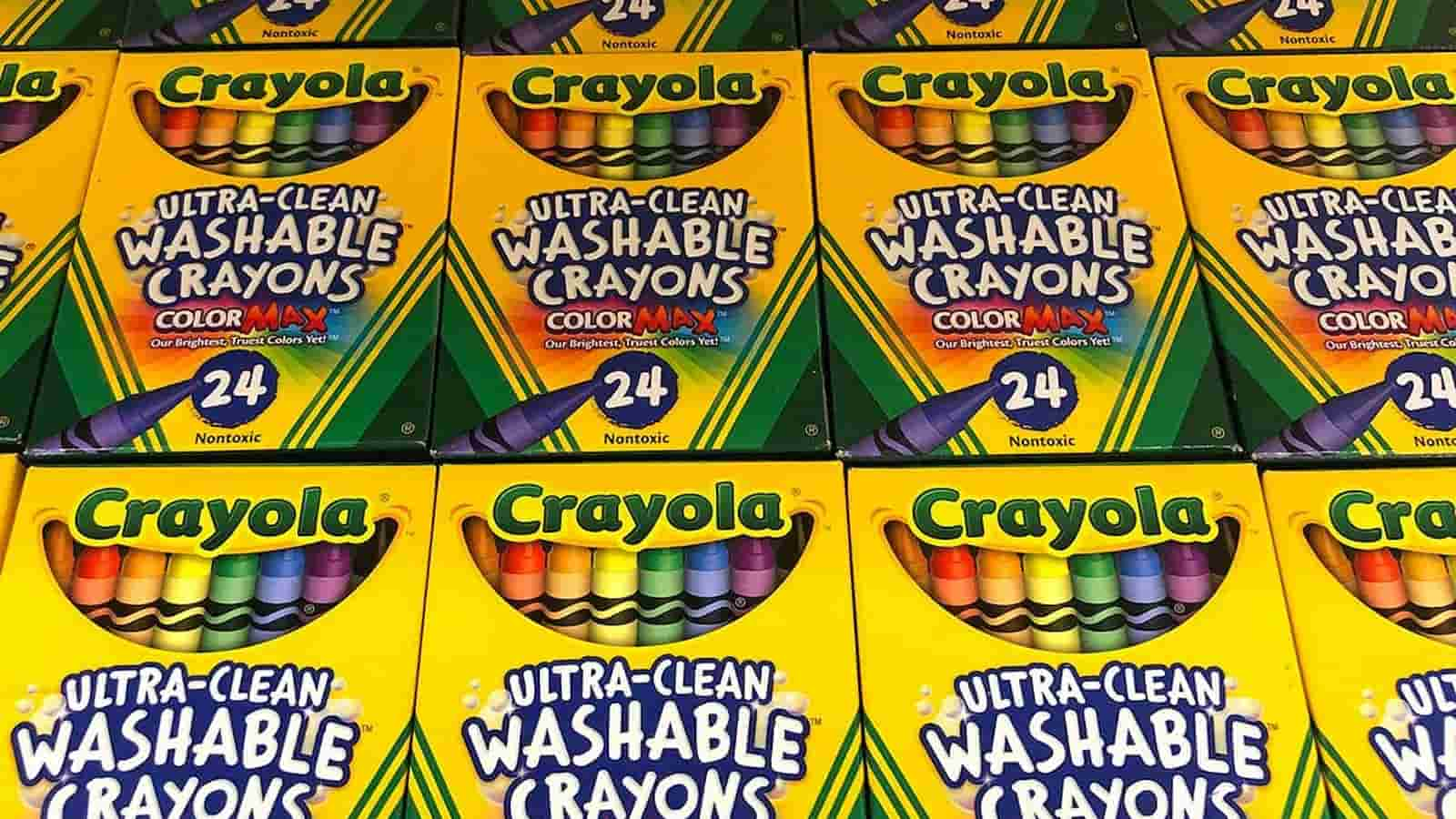Crayola Crayon Day 2024: Annually, Crayola Crayon Day is observed on March 31. Due to the collection’s more than 400 hues, this holiday will unquestionably be the most vibrant possible. Whether you are a student, a professional visual artist, or an aspiring artist, today is your day. Discover how to host this one-of-a-kind celebration at your residence. There are countless enjoyable activities available, including socializing with friends, coloring your beloved coloring book, or going wild with artistic drawings. Therefore, don some crayon pastels and indulge in some imaginative freedom.
Crayola Crayon Day History
The initial introduction of Crayola crayons occurred in Easton, Pennsylvania, in 1903. Binney & Smith Company designed a non-toxic, child-safe colored stick that was also inexpensive and long-lasting. Alice Binney, Edwin Binney’s wife, is responsible for the creation of the name Crayola. She formed the word by fusing the French terms ‘oleaginous,’ denoting oil, and ‘craie,’ which signifies chalk. The initial set of Crayola crayons was designated as No. 51, Young Artists’ Drawing Crayons, intended for use in coloring maps and pictures. Burnt sienna, celestial blue, golden ochre, and rose pink were among the 28 hues that were employed.
Over time, more straightforward hues gained in popularity, while the more intricate ones were gradually discontinued. Burnt sienna, celestial blue, golden ochre, and rose pink were all discontinued in 1910. In 1914, the assortment of purple and violet pastels was divided, whereas in 1915, gold, silver, and copper were eliminated.
In 1926, when Binney & Smith acquired the coloring method from the Munsell Color Company, Crayola crayons rose to prominence. They implemented the color wheel concept for the first time in their crayons, which comprised the fundamental colors red, yellow, green, blue, and purple. Red-orange, yellow-orange, yellow-green, blue-green, blue-violet, and red-violet were the six intermediate hues that were introduced in 1930, in addition to the inclusion of orange in their principal colors.
Subsequently, this was converted into the 12-color box. Brown, black, neutral gray and white were added to create a box containing sixteen tints. Munsell Crayola cartons, conversely, were discontinued in 1935 due to scarcity during the war. Notwithstanding this, the Munsell coloring scheme remained a vital component of the Crayola corporation until 1990. Presently, Crayola offers approximately 120 crayon colors, all of which are derived from fundamental colors.
National Ram Day 2024: Activities, History, FAQs, and Activities
National Amber Day 2024 (US): Activities, History, FAQs, Dates, and Facts
Doctors Day 2024 (US): History, Activities, FAQs, and Dates
FAQs for Crayola Crayon Day 2024
Which pigment from Crayola is the rarest?
‘C-Rex,’ the most uncommon Crayola pigment, was utilized in a promotional campaign for Kraft Macaroni & Cheese.
Is “crayon” a trademark of Crayola?
Crayola lacks exclusive possession of the term ‘crayon.’ The earliest documented use of pastels occurred in Europe.
What components comprise Crayola crayons?
Color pigment and paraffin wax are utilized in the production of Crayola pastels.
Activities on Crayola Crayons Day
Obtain a coloring journal.
Why do you not express your inner child? Utilize your coloring book to engage in self-expression throughout the day. For those who find it tranquil and calming, it is an excellent creative expression.
Visit the Crayola Experience Museum on your visit.
Children and their families will appreciate an excursion to the Crayola Experience Museum in Orlando, Florida. Embark on an unforgettable, hands-on field excursion with your children as they discover the history of Crayola.
Construct crayon candles.
DIY crayon candles are something to consider attempting if you are feeling creative. Making crayon candles without using wax is a simple task. A crayon, a candle wick, aromatic essential oil, and Crisco shortening are the only components required.
Five vibrant characteristics of Crayola crayons
The titles of only two Crayola colors were altered.
Midnight Blue was introduced in place of Prussian Blue, and Peach was substituted for Flesh.
The fragrance of Crayola is recognizable.
The fragrance of crayons is among the twenty most recognizable in the world, according to research from Yale University.
The most widely used hues
Red and blue are the most prominent hues in the Crayola collection.
Stubs of crayons are referred to as “leftolas.”
“Leftolas” are worn-out Crayola pastels that have become too flat to draw.
The largest crayon on earth
The Guinness Book of World Records classifies the largest crayon as a 1,500-pound crayon composed of 123,000 blue ‘leftolas.’
CRAYOLA CRAYON DAY DATES
| Year | Date | Day |
|---|---|---|
| 2024 | March 31 | Sunday |
| 2025 | March 31 | Monday |
| 2026 | March 31 | Tuesday |
| 2027 | March 31 | Wednesday |
| 2028 | March 31 | Friday |


















